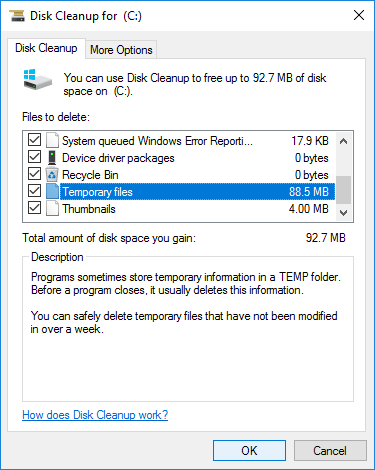

What I'm going to do is stretch their existing D partition from the 60-ish gigs that it is now.to the entire 300. I can stretch, resize, or create another partition, as I wish. Basically the OS saw the RAID 5 as a single 300 gig disk now. Come Monday.going into Disk Management.I saw 220 gigs of free space.

In the ACU.while the server is can "absorb" all this extra space. Now.the RAID array was still 68 or whatever gigs.but in the ACU.it showed alllll this extra space available.220 or so gigs I think.

Wednesday I replaced the second drive, tossing another 36, replacing with a 72 Monday I replaced the first drive.tossing a 36, replacing with a 72. Somewhere around.oh.68 gigs total was it? I can't remember.Īnyways.got 3x 15,000 rpm 146 gig drives for them. Originally it had triple 72 gig drives, hot swap, 10,000 rpm, in a single RAID 5 array. I just did this on an HP M元50 G3 with an sa532 controller last week. It's as easy as running through a wizard, clicking a button or two.and watching it "absorb" over the next day or two or pending upon what you set for rebuild priority, how much data you have, speed of drives, which controller you have, etc. RAID controllers such as Compaq/HP's Smart Array controllers can do this wonderfully easy through their ACU (GUI admin for the RAID controller). I'd imagine some other Tier-1 servers have decent RAID controllers that do this also, like Dells Percs. I've done this a few times on Compaq/HP servers. I don't know if the OEM partition for example could be removed without causing damage so that I can install 5 starts with a minimum of 3x hard drives. Now as I understand it, I will not be able to install Ubuntu with 4 (primary?) partitions already on my system. I also shrunk my Boot partition and created some unallocated space to install Ubuntu in. It also has 4 partitions: 1 System partition (I think Windows creates this upon installation automatically), 1 Boot partition on which the main part of my OS resides, one Recover partition (20GB) and one OEM partition (I think this might have been created by the manuacturer of the HDD). The computer is an all-in-one and therefore came preassembled and preinstalled with the OS. I currently have a machine running Windows 7 on it and would like to set up a dual boot with Ubuntu (14.03).


 0 kommentar(er)
0 kommentar(er)
